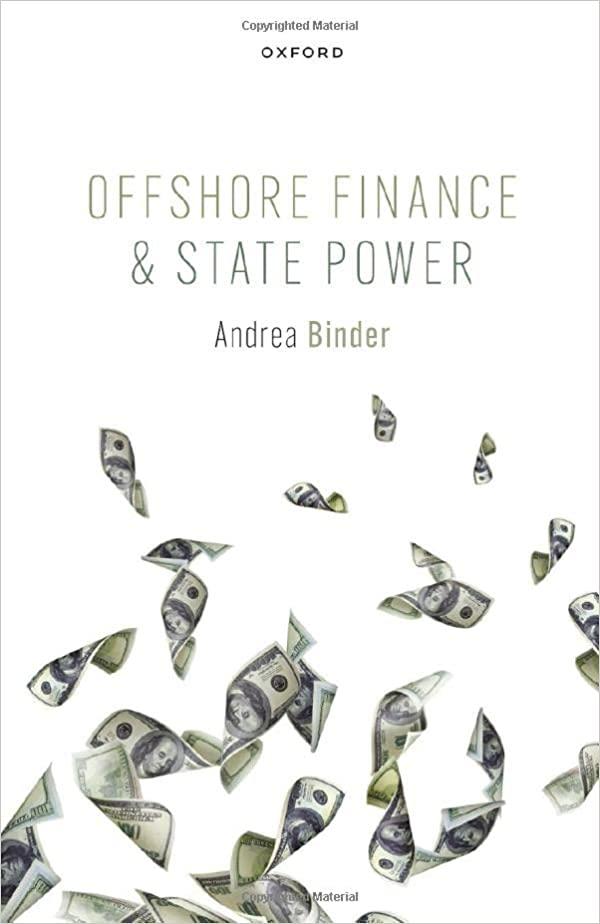Question
An investor has two investment alternatives. If he chooses Alternative 1, he will have to make an immediate outlay of $7000 and will receive $500
An investor has two investment alternatives. If he chooses Alternative 1, he will have to make an immediate outlay of $7000 and will receive $500 every three months for the next nine years. If he chooses Alternative 2, he will have to make an immediate outlay of $6500 and will receive $26,000 after eight years. If interest is 12% compounded quarterly, which alternative should the investor choose on the basis of the net present value Criterion? And which alternative should the investor choose on the basis of the Investment Ratio of Return.
*PLEASE USE THE FINANCIAL CALCULATOR FUNCTION TO SOLVE. (CF, NPV, IRR, N, I/Y, PV, PMT, FV..etc)
Step by Step Solution
There are 3 Steps involved in it
Step: 1

Get Instant Access to Expert-Tailored Solutions
See step-by-step solutions with expert insights and AI powered tools for academic success
Step: 2

Step: 3

Ace Your Homework with AI
Get the answers you need in no time with our AI-driven, step-by-step assistance
Get Started


